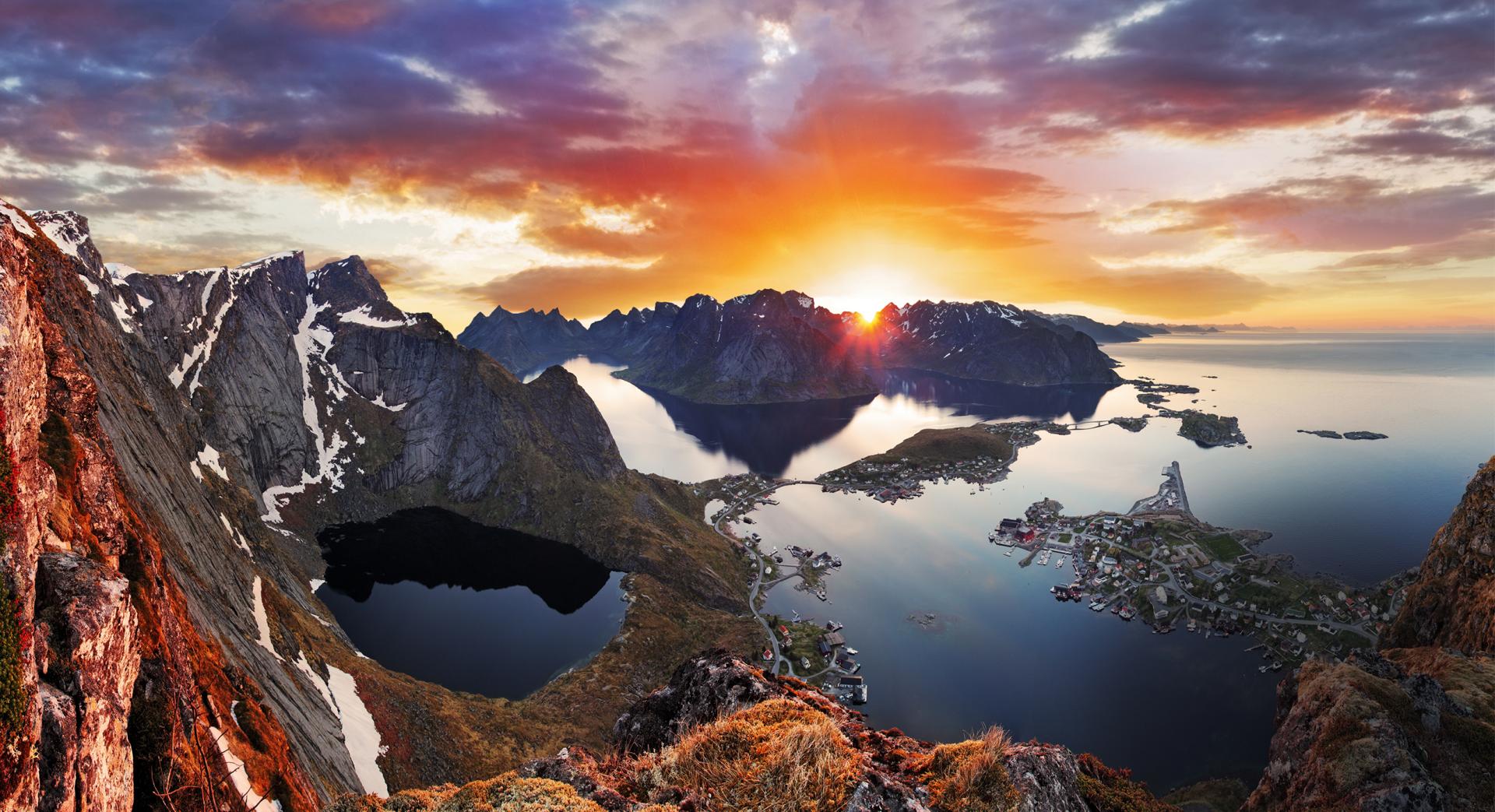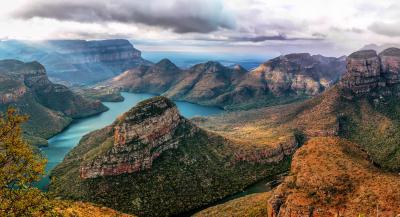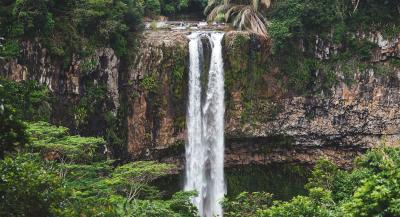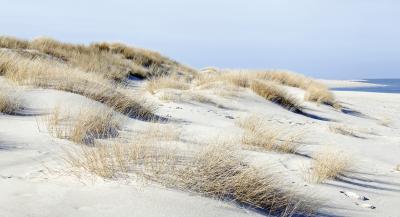The rocky slopes rise impressively in front of the bright blue sky, often densely overgrown and unspoilt. A landscape full of contrasts, which is reflected in the calm water. The fjords that go on for miles often characterise Norway's image to the rest of the world. Cruise ships follow these unique waterways along breathtaking natural scenery. But Norway's nature has more to offer than the scenically impressive fjords, with high mountains, plateaus, glaciers, lake landscapes and the sea coast too.
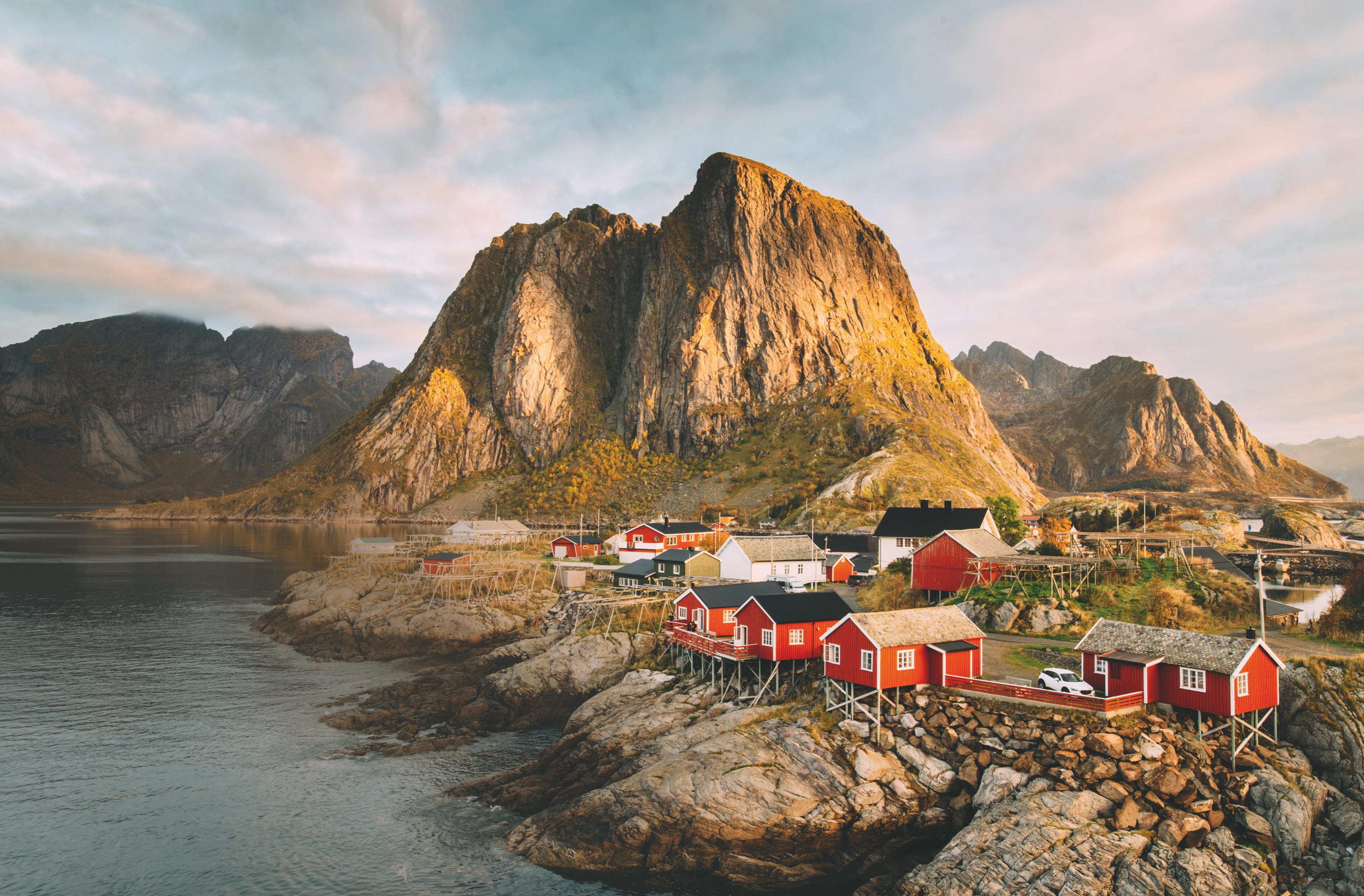
Experience nature: from the North Cape to the World Heritage Site
Unique and varied – Norway combines the most diverse landscapes. In southern Norway, for example, the beaches are very attractive, while northern Norway impresses with its coastline with island groups such as the Lofoten Islands. Fjord-Norway got its name from the sea arms that reach deep into the country, the fjords. The "Geirangerfjord" and "Nærøyfjord" in the west were added to the UNESCO World Heritage List in 2005 as unique natural phenomena. In the mountains of central and eastern Norway, on the other hand, there are some exceptional hiking areas. One special experience is a visit to the North Cape in the north of Norway. Because in the summer, between mid-May and the end of July, the sun never sets there.
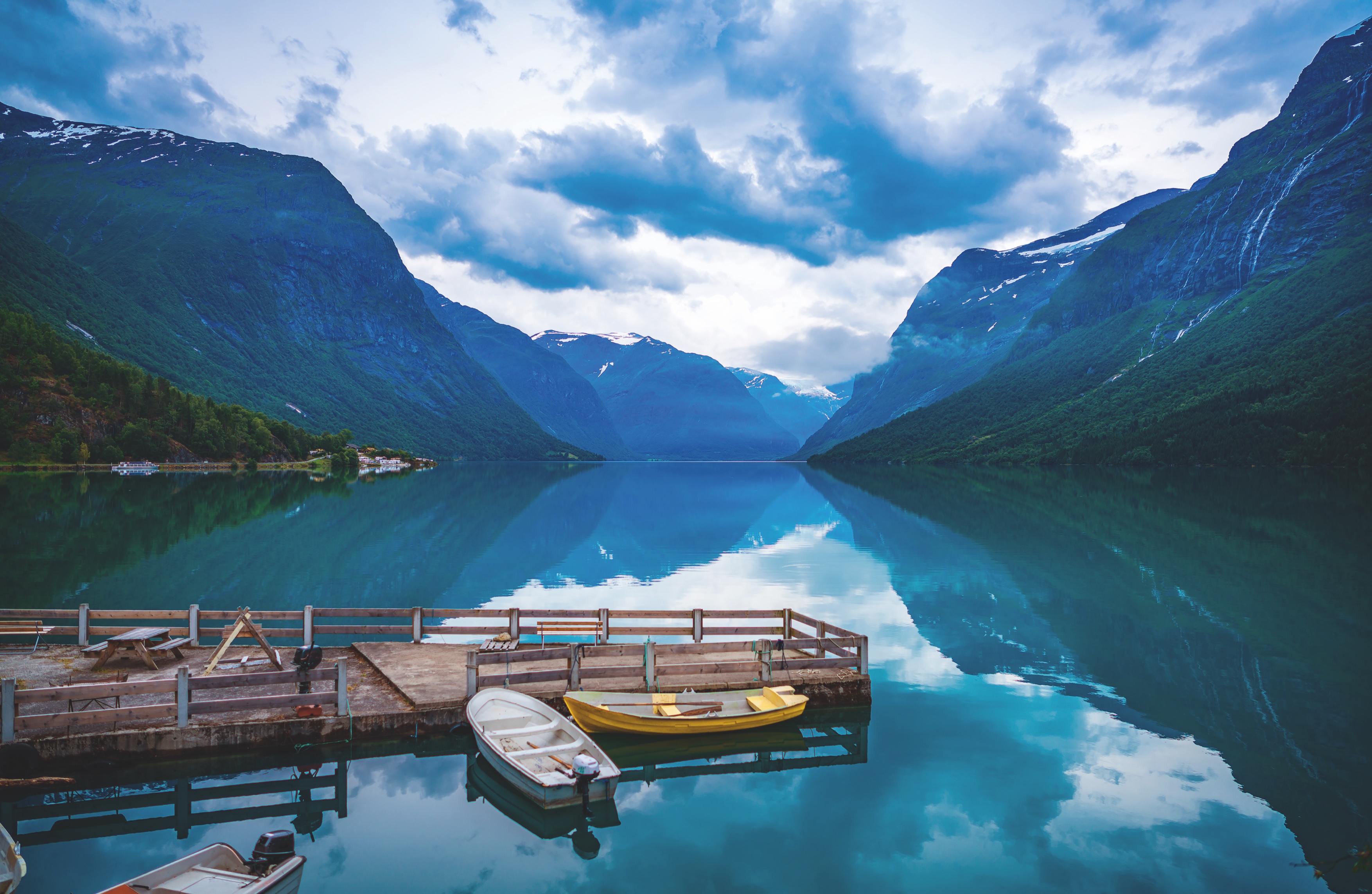
By car, bike or ship through Norway
Glittering sunlight breaks in the waves and the wind blows through your hair. The experiences are as different as the paths you take to get to know a country. If you want to experience Norway up close, you can explore the landscape by car, bike or boat. Eighteen marked car routes lead through the Norwegian landscape. The roads wind their way between the mountains, go over bridges, through a road tunnel under the sea and have side roads that break off directly at the sea. There are sights, accommodation and inns along the way. Holidaymakers can also reach the North Cape by car. Norway can also be explored by bike, as the country is criss-crossed by a network of cycle paths. Cycling enthusiasts can choose from ten official routes, including paths for relaxed cycling. However from Lindesnes in the south to the North Cape, cyclists have to cover small sections by other means of transport. The tour is 2,715 kilometres long in total. Guests travel Norway on the sea route using the Hurtigruten mail ship, among others. Boat trips lead into the fjords past rushing waterfalls and steep mountain slopes.
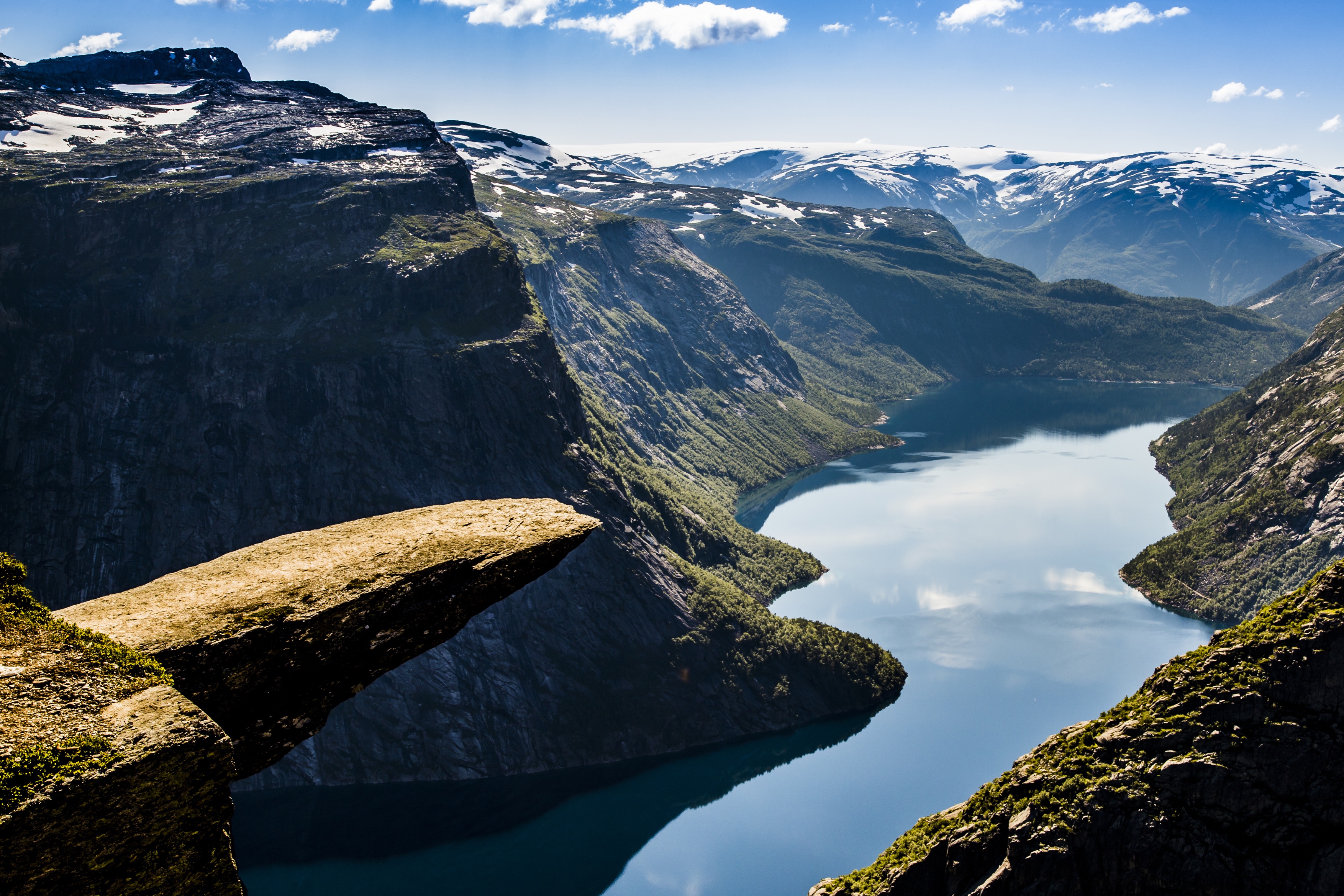
Holidays in Norway: active and relaxing
Diving in the lake or the sea, swimming, fishing, canoeing or rafting. Holidaymakers can be active in many ways in Norway. In addition to water sports, they can also take on the challenges of mountain or glacier tours, as well as summer skiing on a glacier. As Norway is a country of lakes, rivers and coasts, there are numerous fishing villages all along the coast, with excellent conditions for fishing enthusiasts. If you prefer relaxation and silence, you can find it at Norway's lakes or rivers in the forests, mountains or national parks. Even in the middle of summer, ski enthusiasts can swish down the slopes, climbers can climb them or hikers can experience a tour. Their entertainment venues are the glaciers, huge ice surfaces. On the "Tystigen" and "Folgefonna" slopes are prepared for skiers and snowboarders in designated summer ski areas. Glacier or "blue ice" hikes are offered with trained guides and good safety equipment – an unforgettable experience. Jostedalsbreen National Park in Sogn og Fjordane includes the Jostedalsbreen Glacier with more than 50 glacier arms. The Glacier Museum in Fjærland provides information about the ice, the climate and the effects on nature and people. Norway's largest glaciers include Austfonna and Svartisen. Austfonna, situated on Spitsbergen, is also one of the largest ice caps in the world. The Svartisen consists of two glaciers. Vestre Svartisen and Østre Svartisen are part of the Saltfjellet-Svartisen National Park in Nordland. A total of 44 nature reserves in Norway inspire visitors. They range from the sea coast to the high mountains and invite you to hike and explore.

Discover Norway's culture and history
Experience tradition and customs. They preserve their rites until today: the Sámi. On rare occasions, the indigenous people of Scandinavia provide insights into their world. Another cultural speciality of Norway are the so-called stave churches. They were built when the country started to convert to Christianity. Wooden masts, which are called "stav" in Norwegian, support the roof construction inside. Only 28 churches are still preserved today. Anyone who wants to delve deeper into the Norway's history, can travel to Hafrsfjord to see the three swords in the rock. The Viking village of Njardarheimr in the village of Gudvangen, on the other hand, gives a deep impression of the way of life in the past.
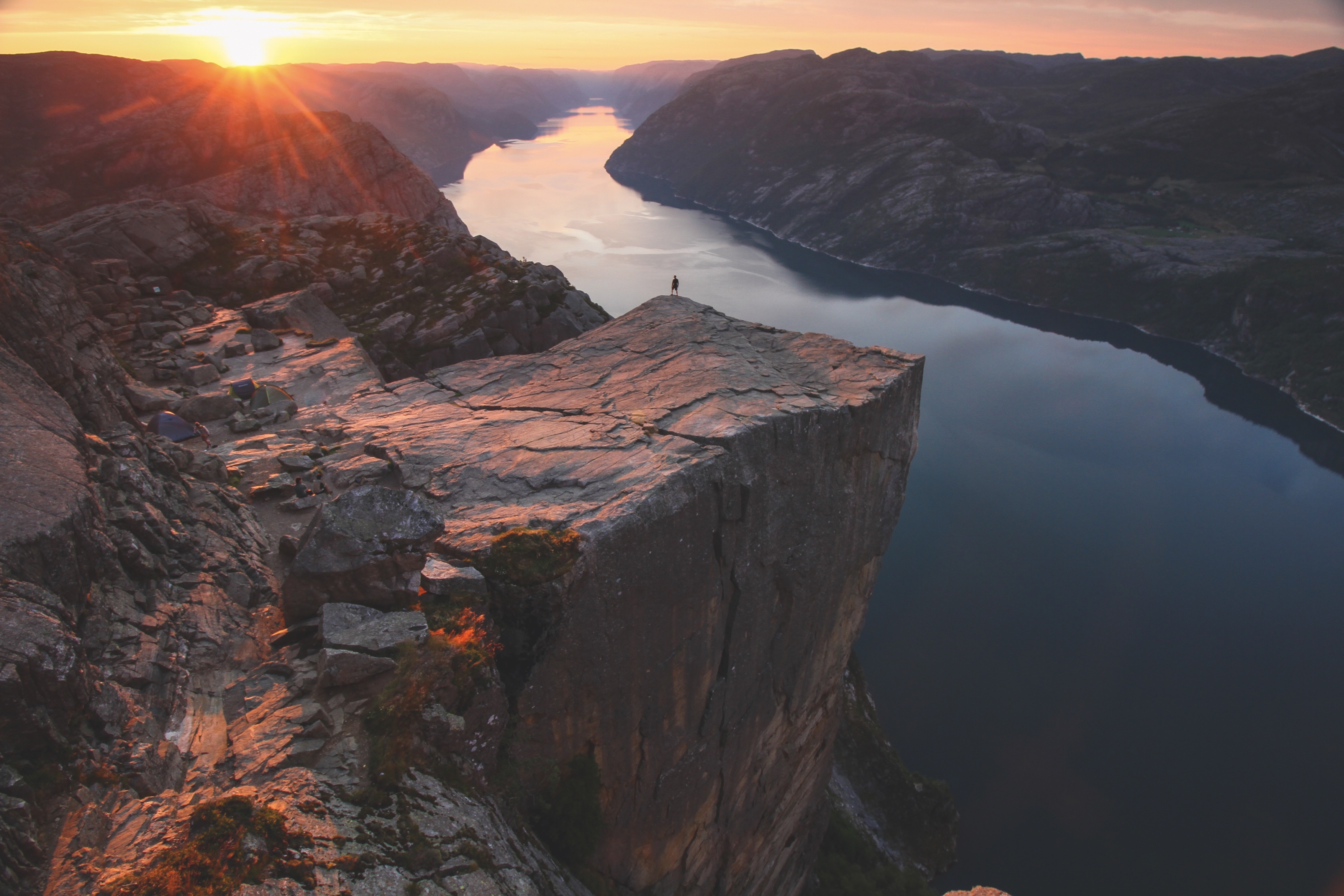
Oslo: King, art and Kon-Tiki
Oslo lies between the sea and the mountains. The capital is the biggest city in Norway with approximately 640,000 inhabitants. With its university and colleges, Oslo is a student city, the seat of government and the royal family's residence. For the "Kongeriket Norge" is a constitutional hereditary monarchy under King Harald V and Queen Sonja. Anyone who wants to experience a touch of royalty can watch the daily changing of the guard at the castle at 1.30 p.m. Culture lovers are particularly well catered for in Oslo, as they can choose from a wide range of theatres, the opera or museums. With the Viking Ship Museum, the Fram Museum and the Kon-Tiki Museum, no less than three museums provide information about Norway's seafaring tradition. The works of Edvard Munch are another focal point. The famous Norwegian artist bequeathed his entire estate to the city of Oslo. The paintings can be viewed in the Munch Museum and other exhibition venues in the city.
more information:
